Want to know how important the new Corsa is to Vauxhall? It’s the company’s most profitable car. One in three Vauxhalls sold is a Corsa. Even last year, late in its model cycle, Vauxhall shifted 85,000 of them in the UK. Four per cent of all new cars sold here is a Corsa.
And half the people who buy them are spending their own money. They’re not fleet buyers, they’re private punters, and you upset those at your peril.
The new Corsa, then. It is not radical. It is not outlandish. It takes the previous formula – which was not an unsuccessful one – and refines it. More economy, more refinement, a heated windscreen, more safety systems and lower running costs: all are promised.
Most are delivered, as we found out on in our first drive. Whether they are enough to take the Corsa from middle-order to class front-runner is another matter entirely.
We’ve come to suburbia to find out, shooting around a housing estate in the south east that’s like so many others. It’s where private buyers pick from options sheets and choose new-build, broadly-similar homes on finance; where colours and specs and costs sway them one way or another. These cars fit in well here.
The journey to our urban destination features motorways, town roads and a few country lanes. A modern supermini should be easily comfortable on all three.
Best among them, by our reckoning, has hitherto been the Ford Fiesta, by a nose. Primarily that’s because we’re an enthusiasts’ magazine and it is the most pleasing car in the class to drive, with slick steering, keen body control and the kind of dynamism, even on base models, that you’d do well to find in lukewarm versions of the opposition.
It arrives here with spec slightly out of kilter with the others, because that’s all we could borrow. But no matter that it arrived burdened with two additional doors, and that it’s slightly down on power.
The 1.0-litre, turbocharged three-cylinder engine making 99bhp isn’t far behind; and from experience we know it’s a revvy, peppy, smooth piece of kit. In Zetec trim it’s priced at £14,545.
Read the full Volkswagen Polo review
Then there’s Volkswagen’s Volkswagen Polo. If you’re choosing a supermini you need a pretty good reason not to look at one. Memory and experience tells us it majors on perceived quality and refinement instead of dynamism, which is no bad thing. It comes to us with the same number of doors as the Corsa, and is closer on power.

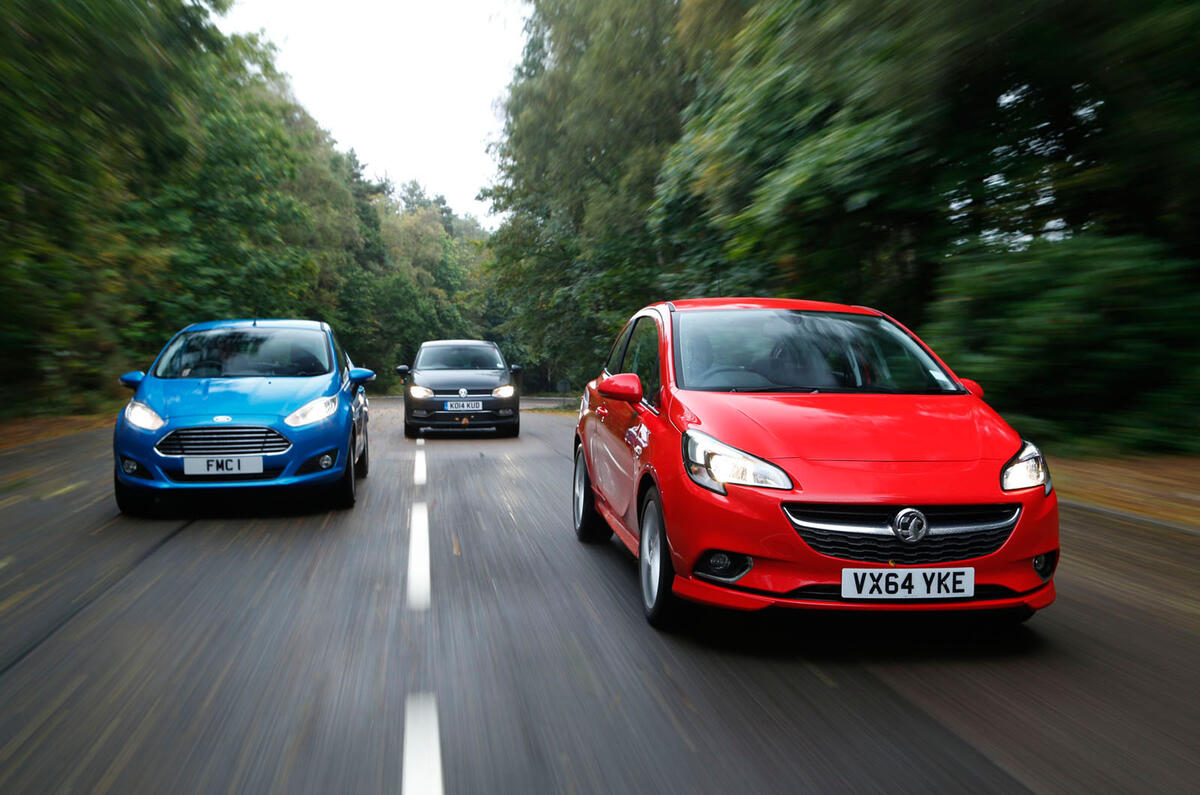

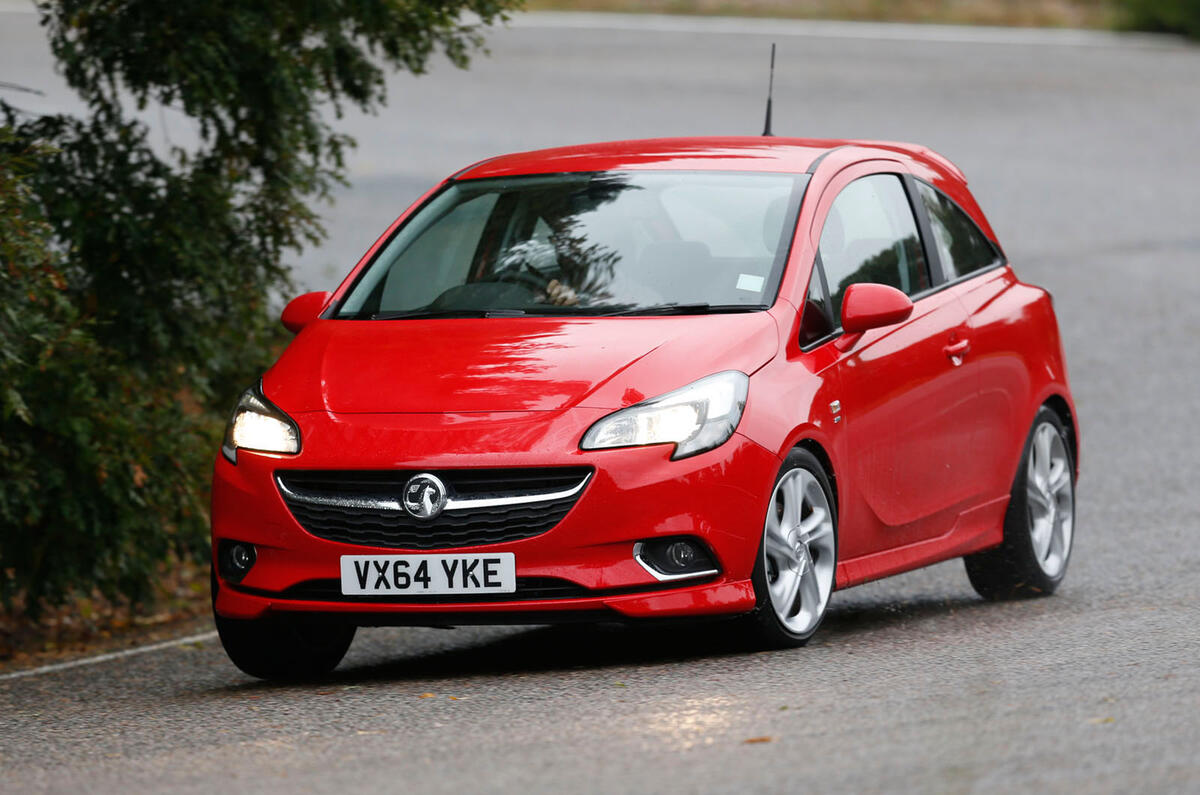
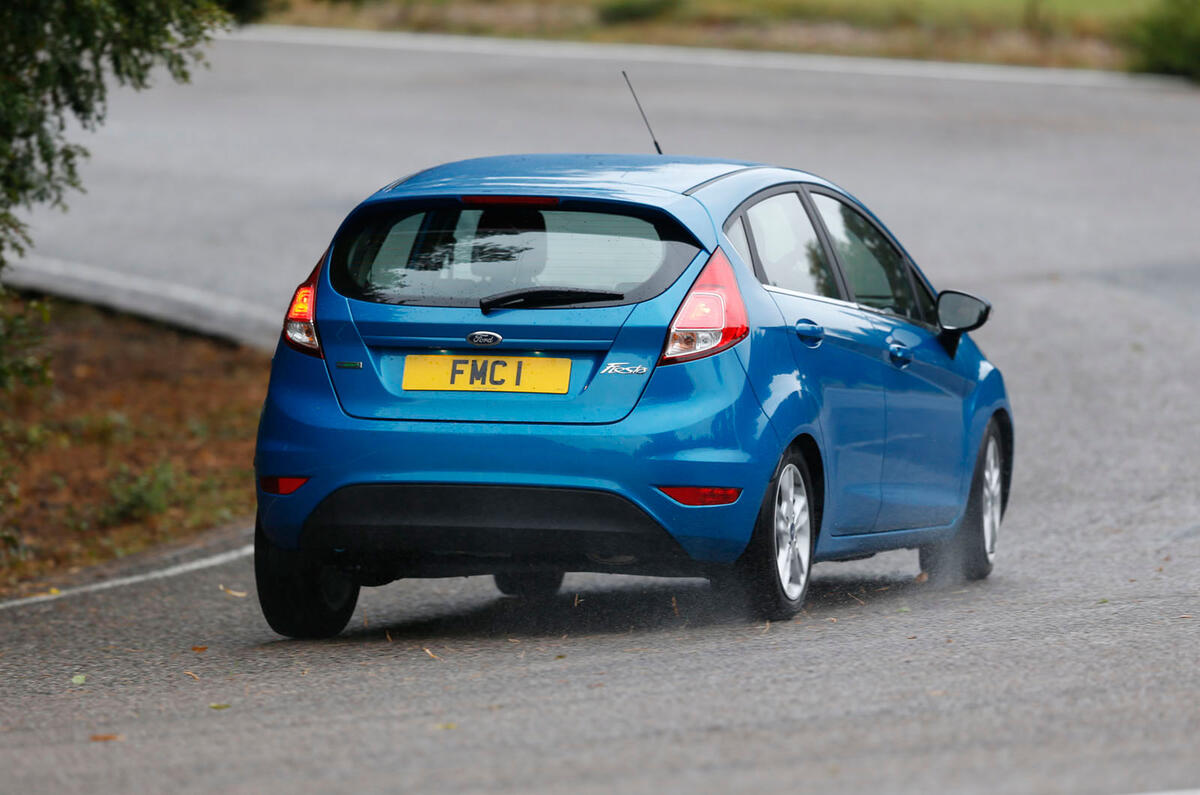
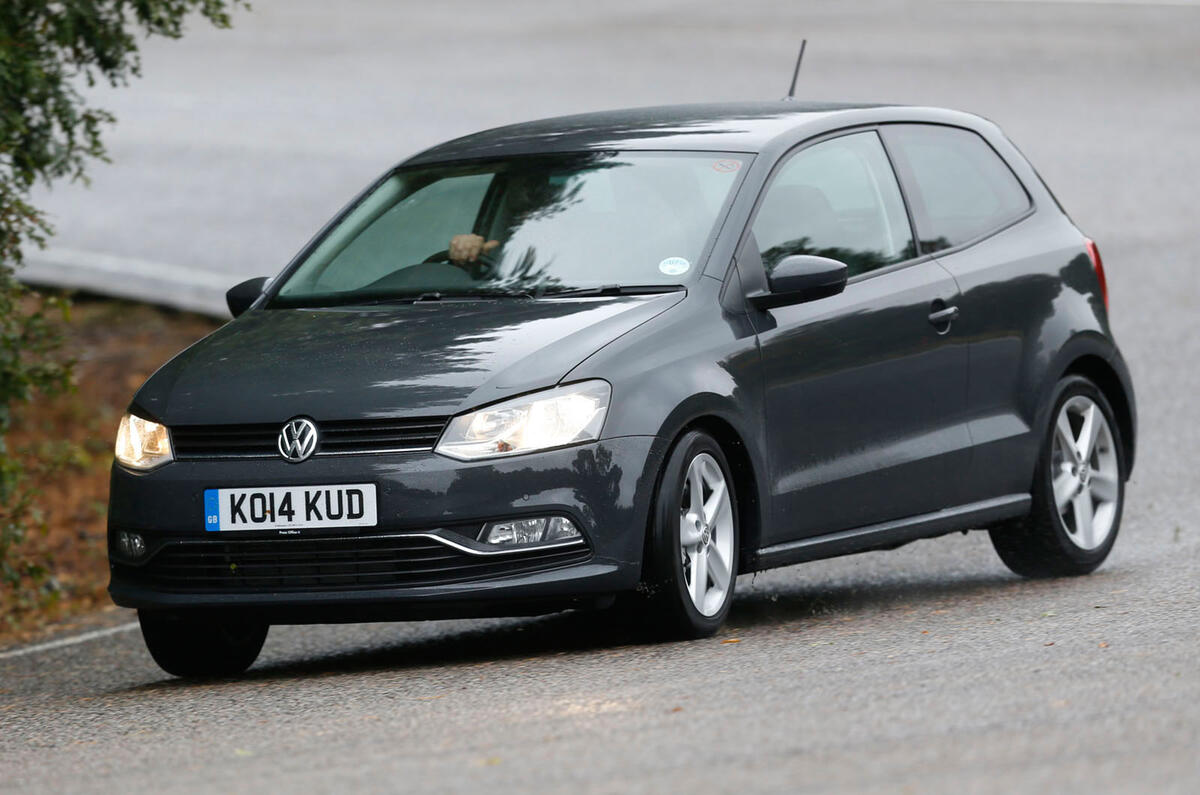
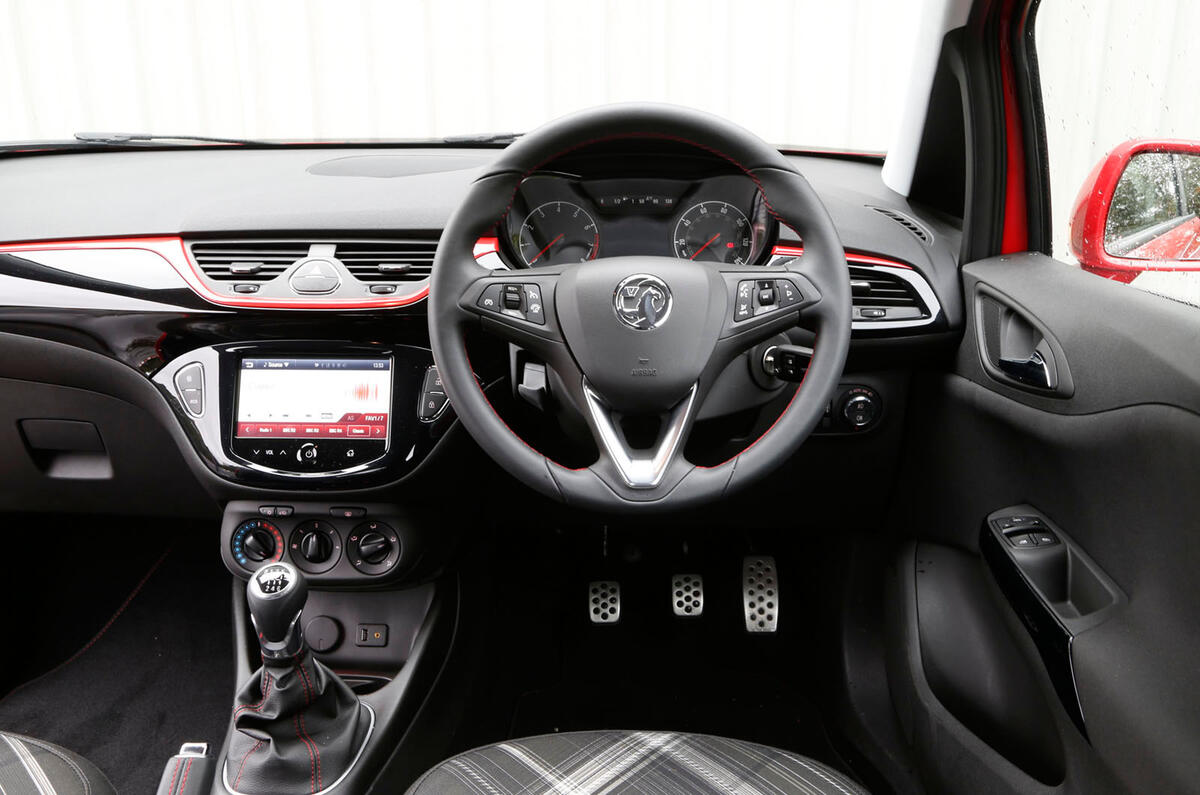
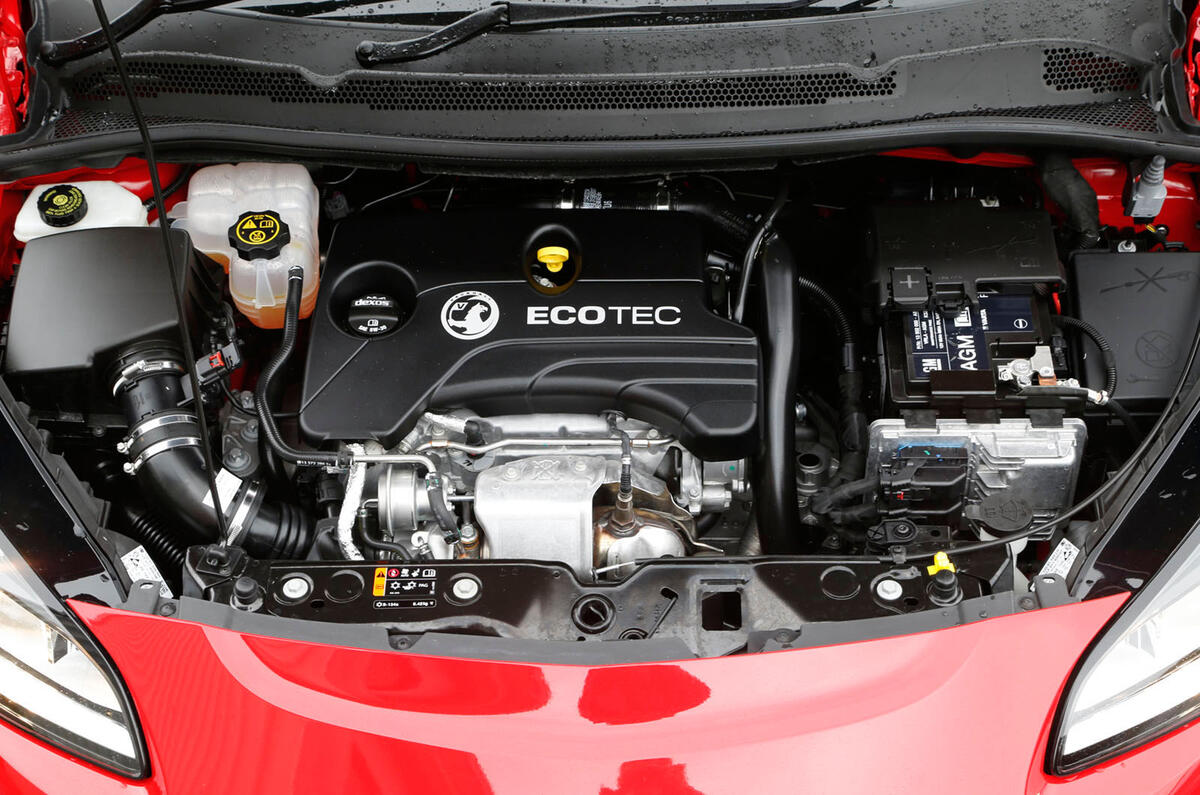

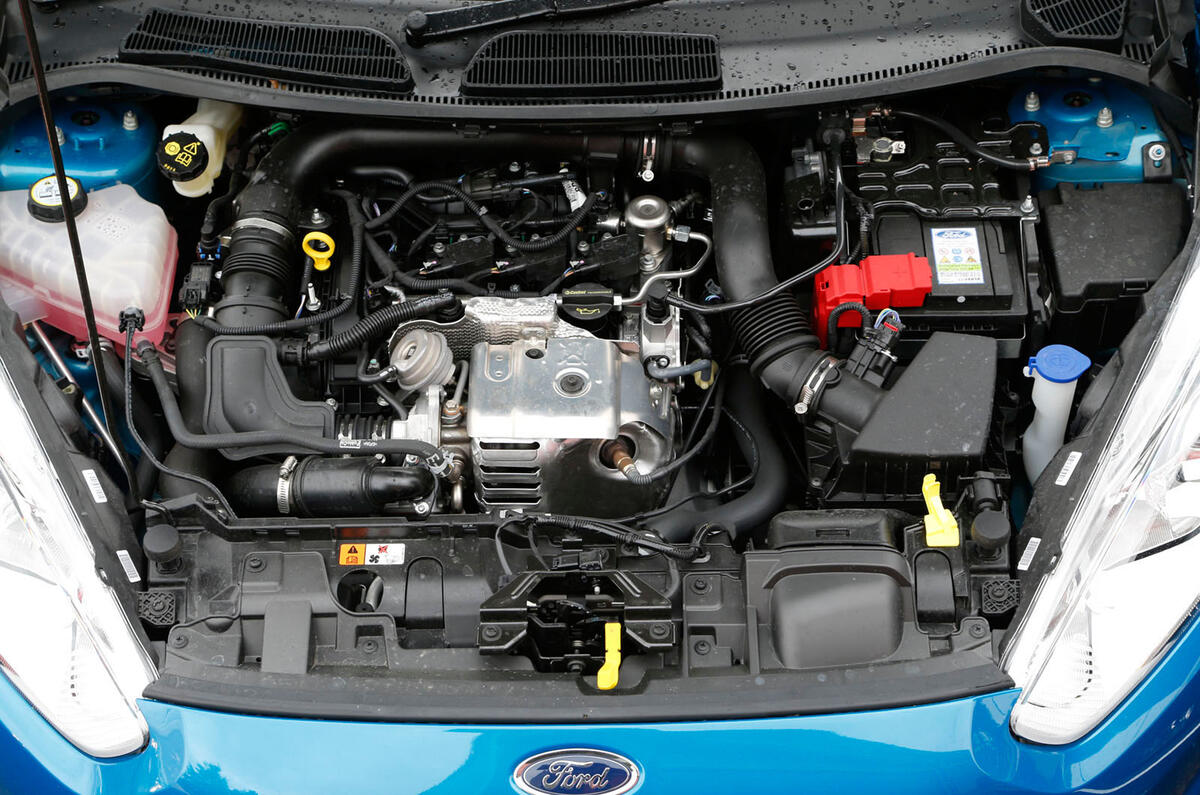
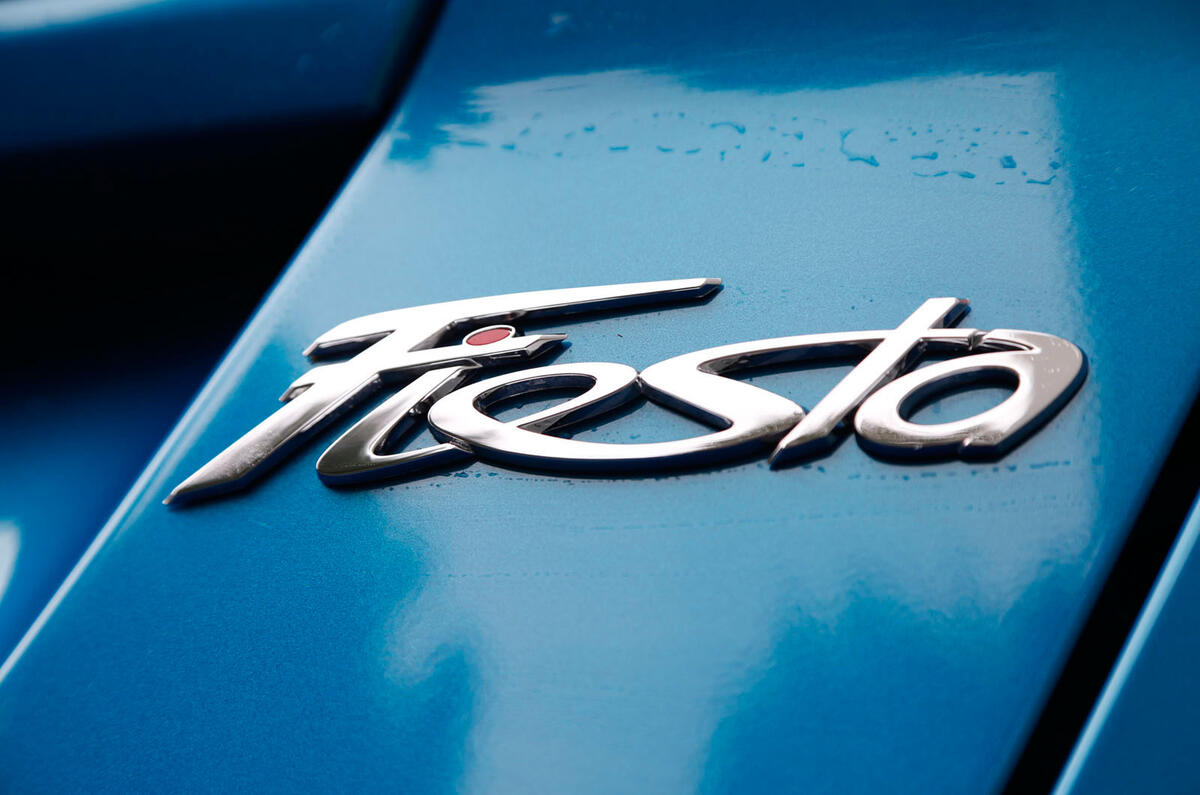
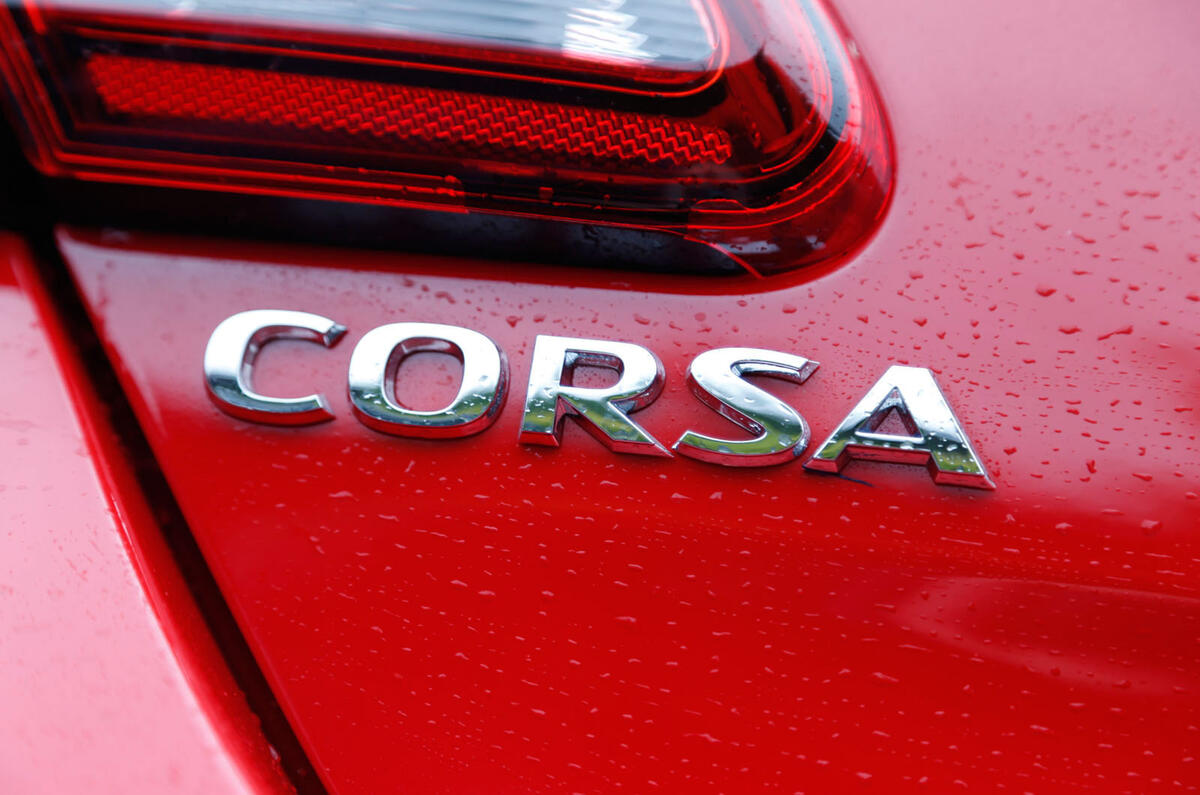
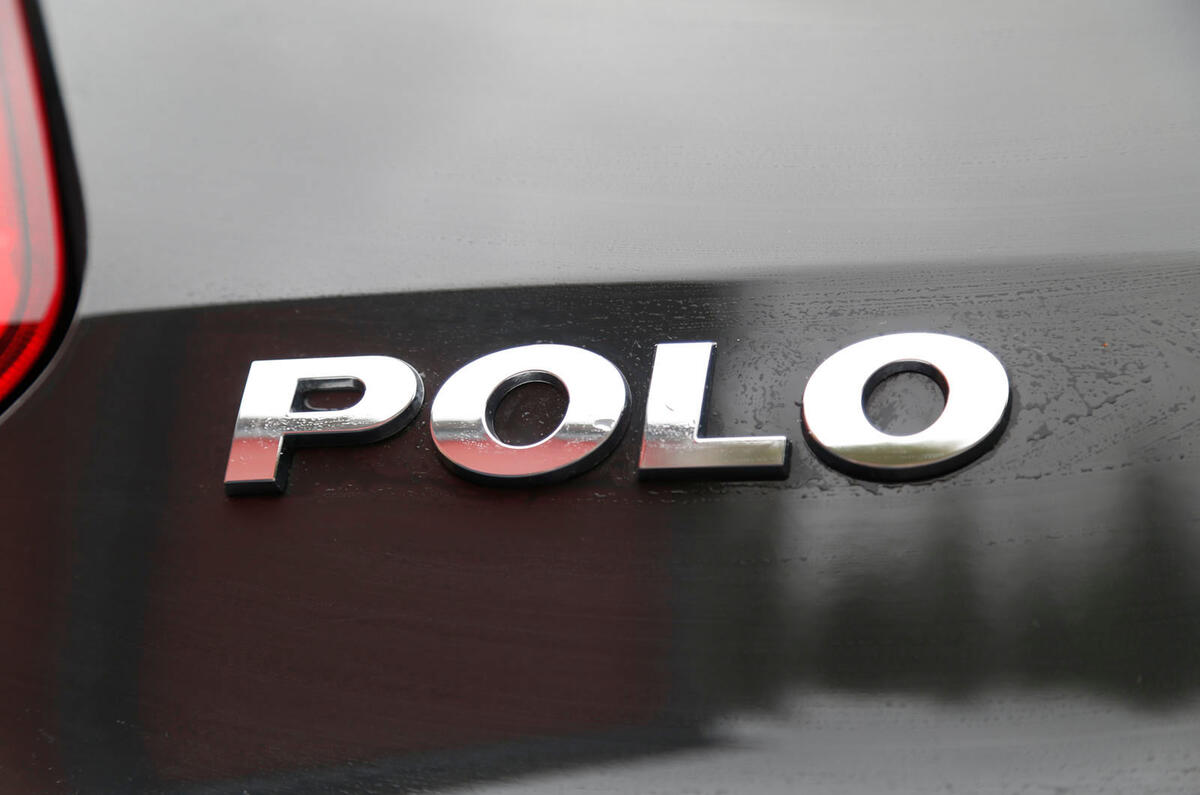
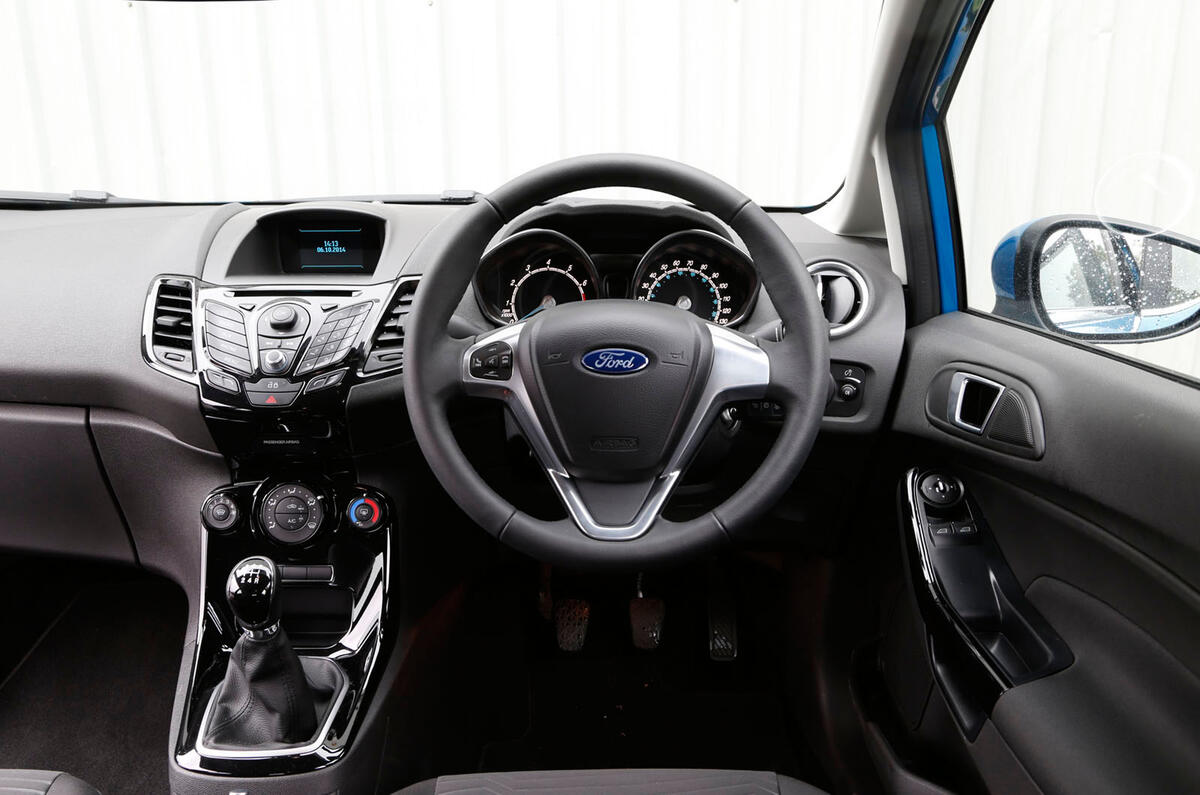
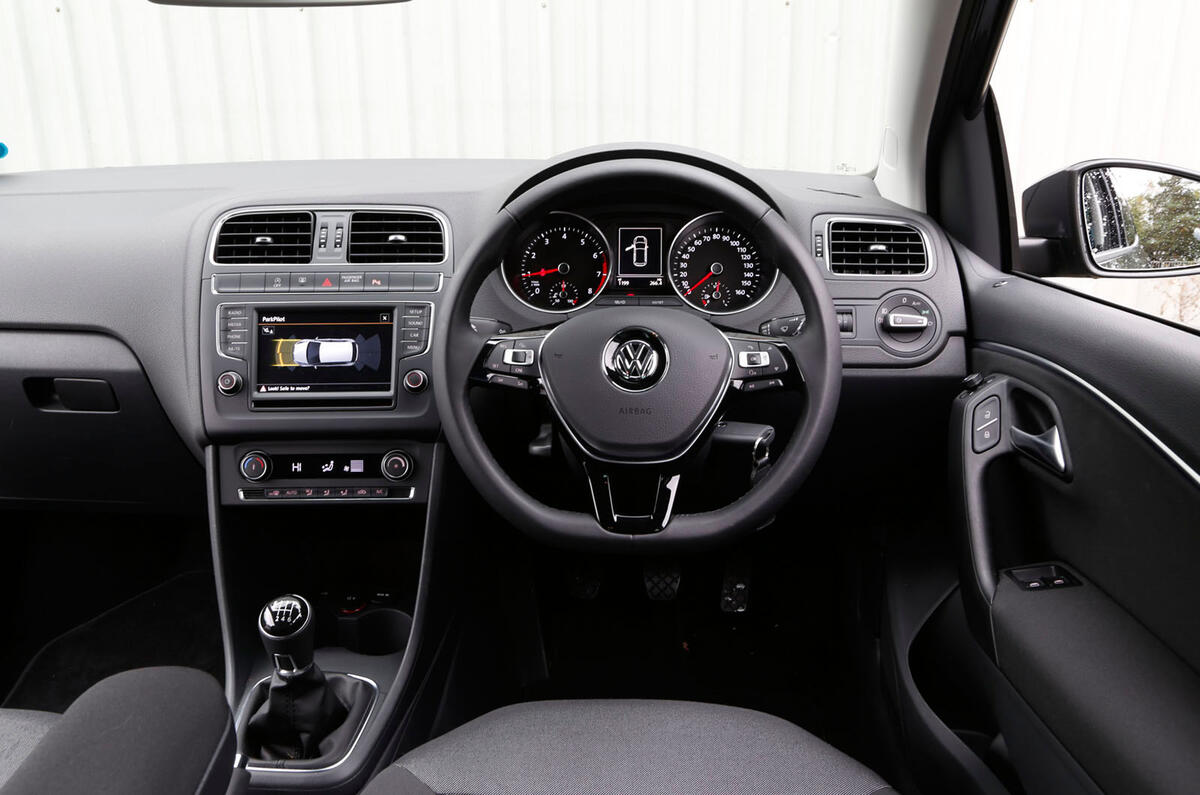
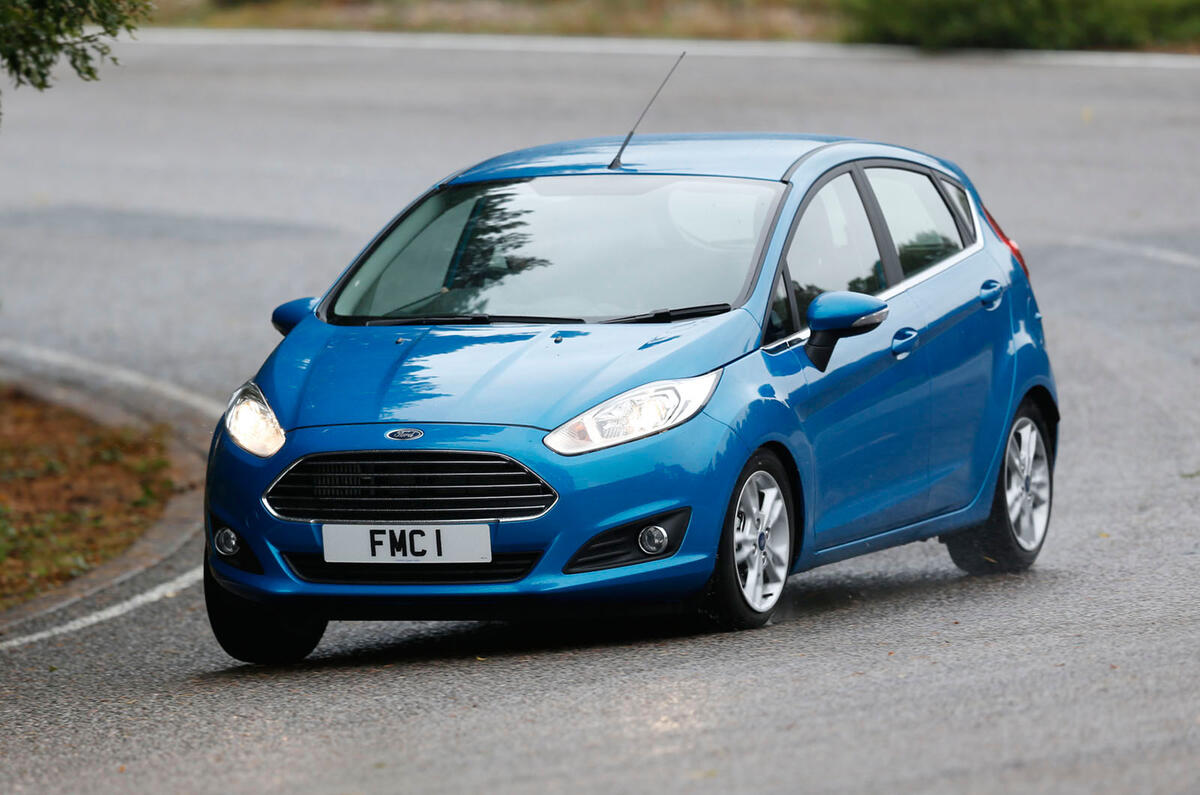
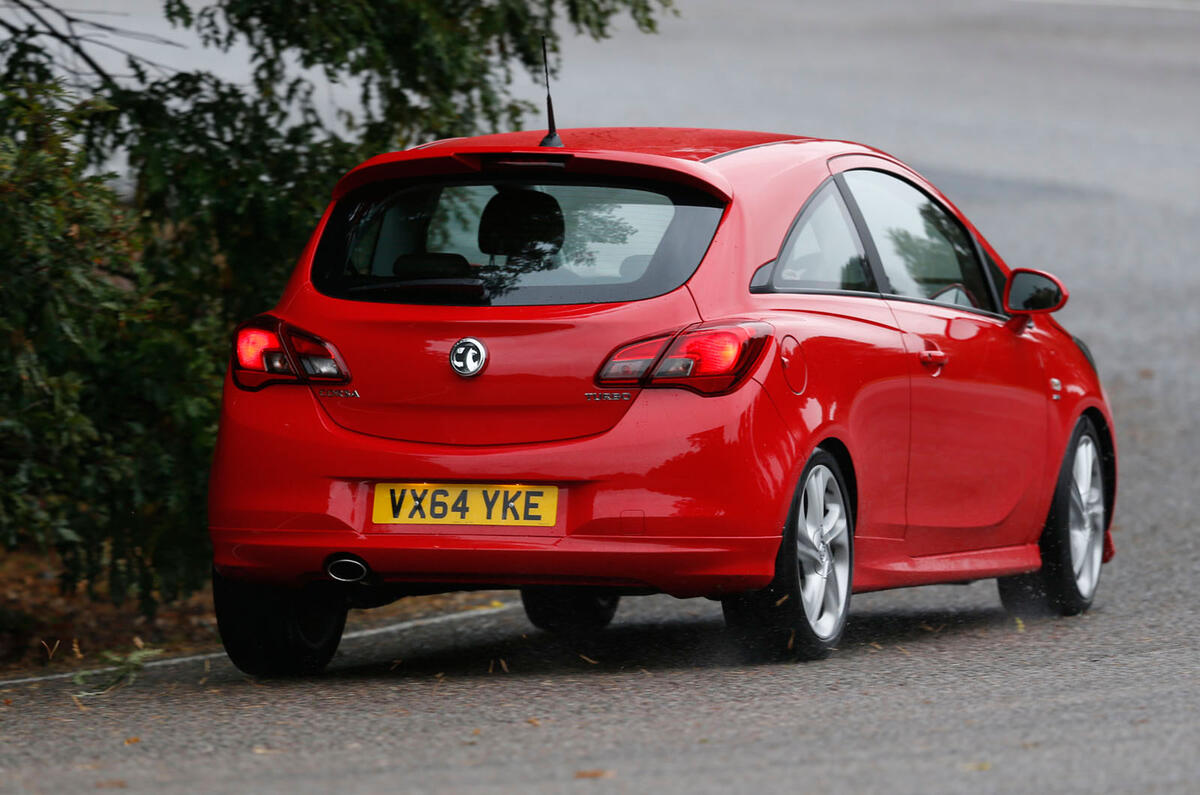
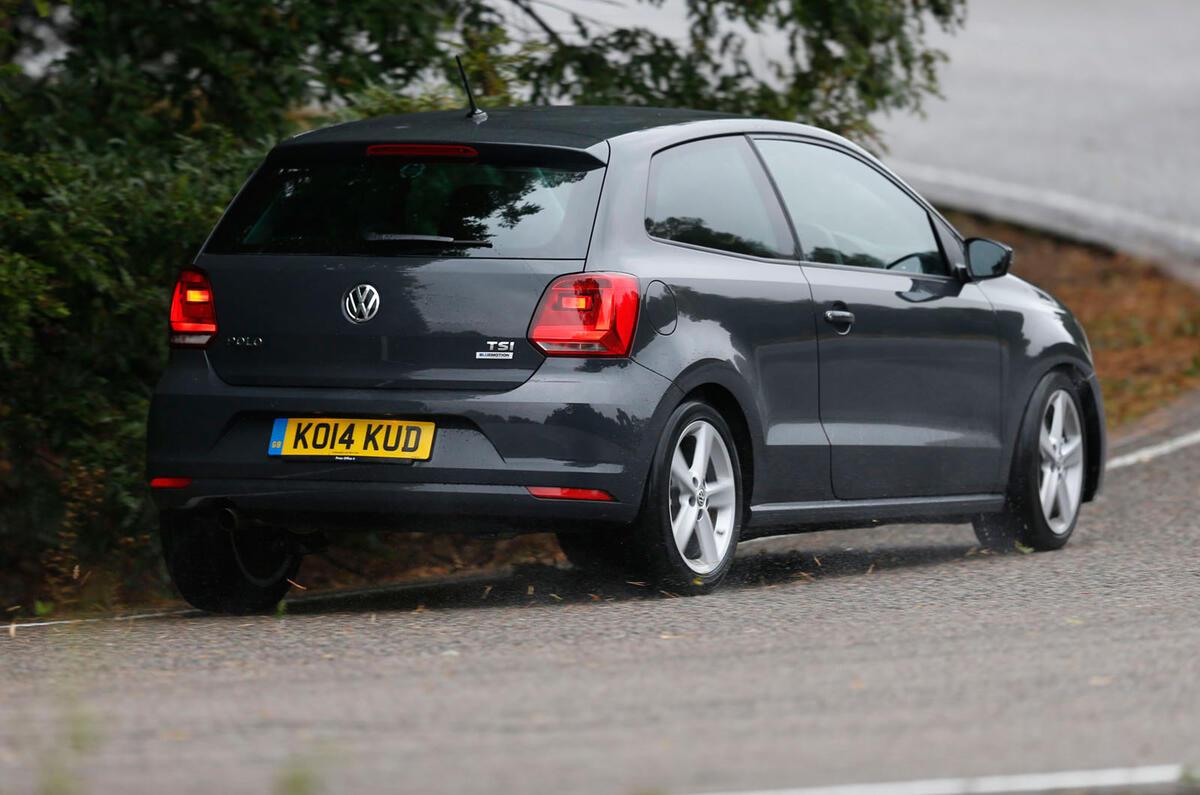
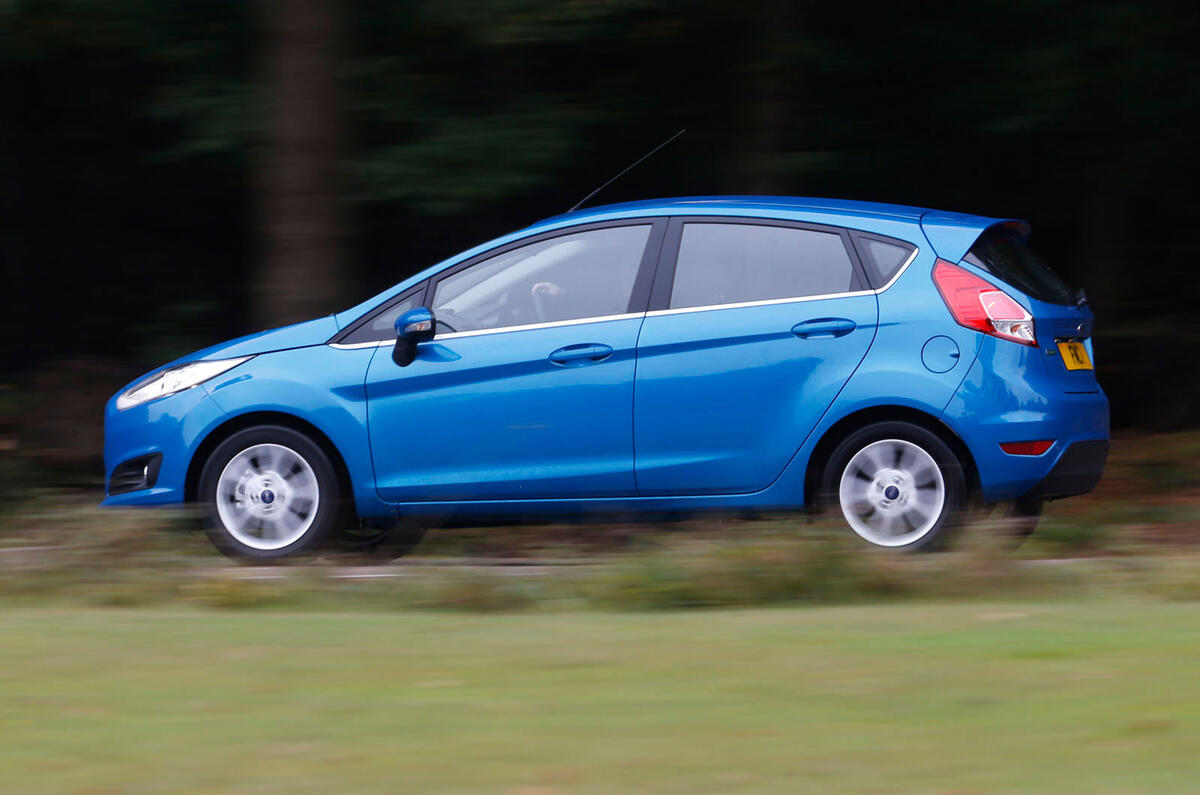
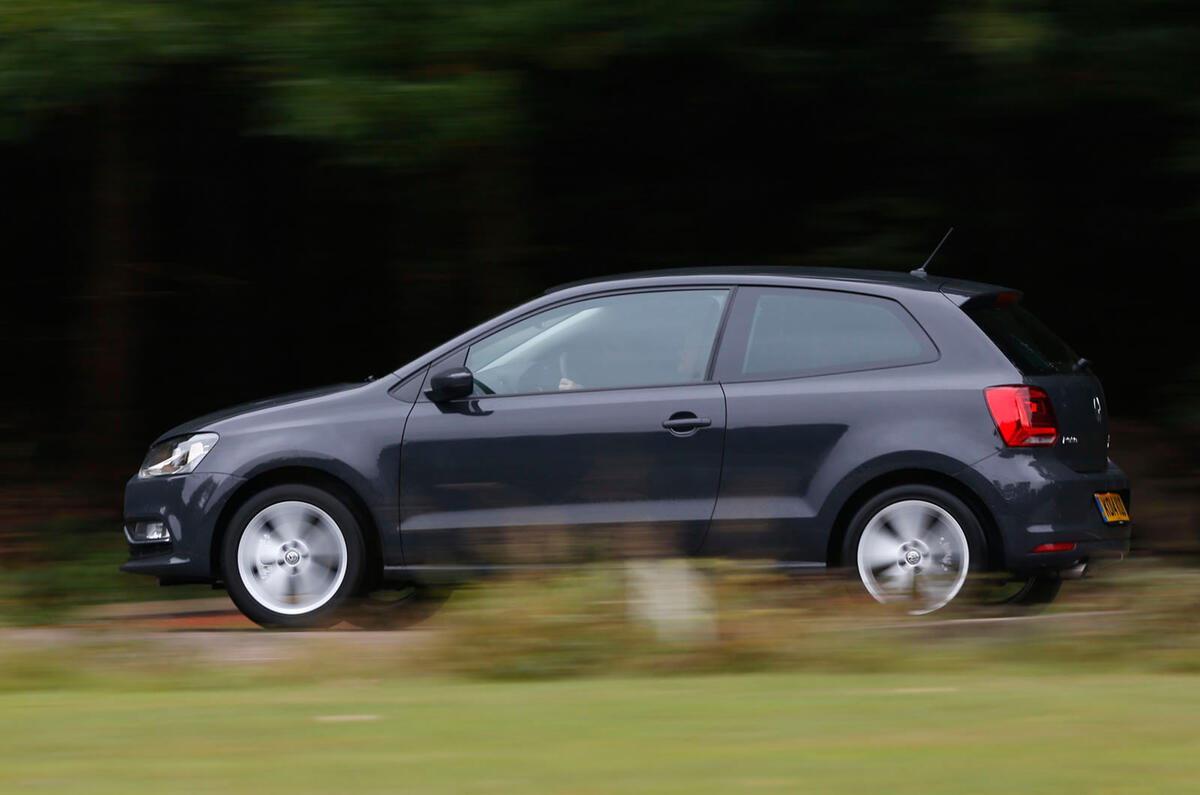
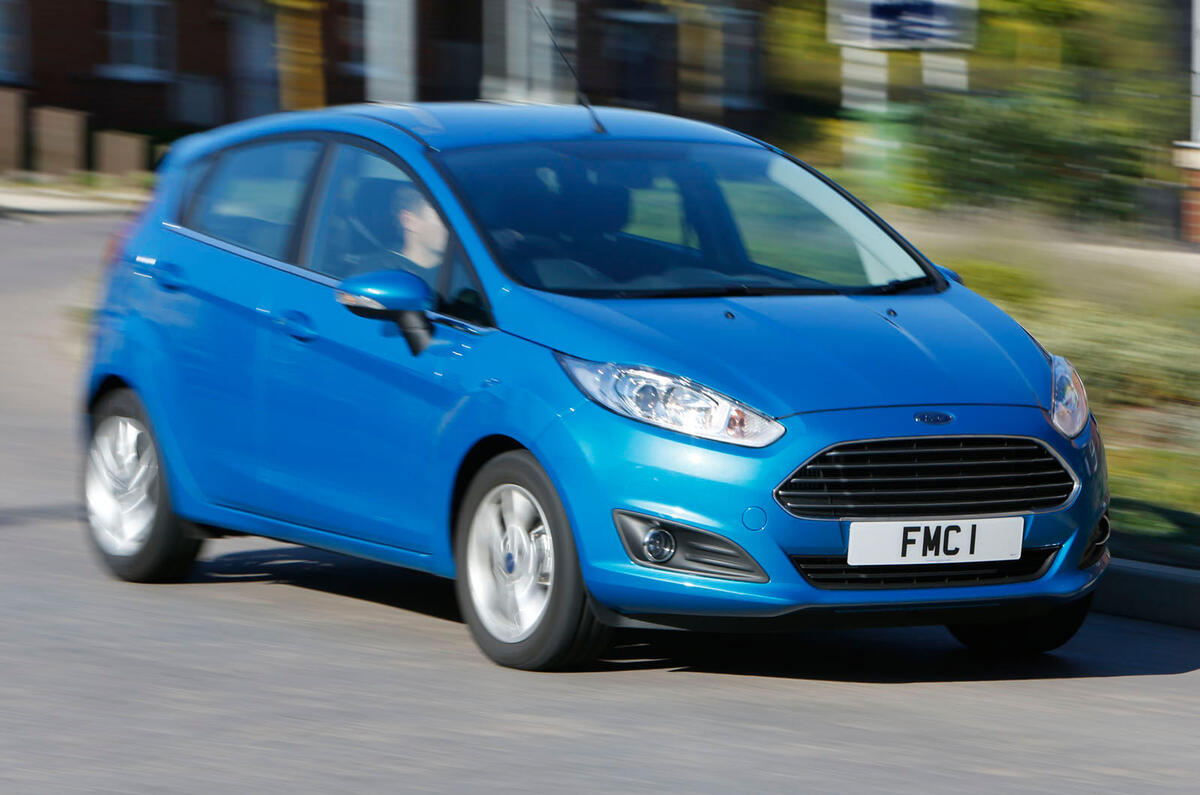
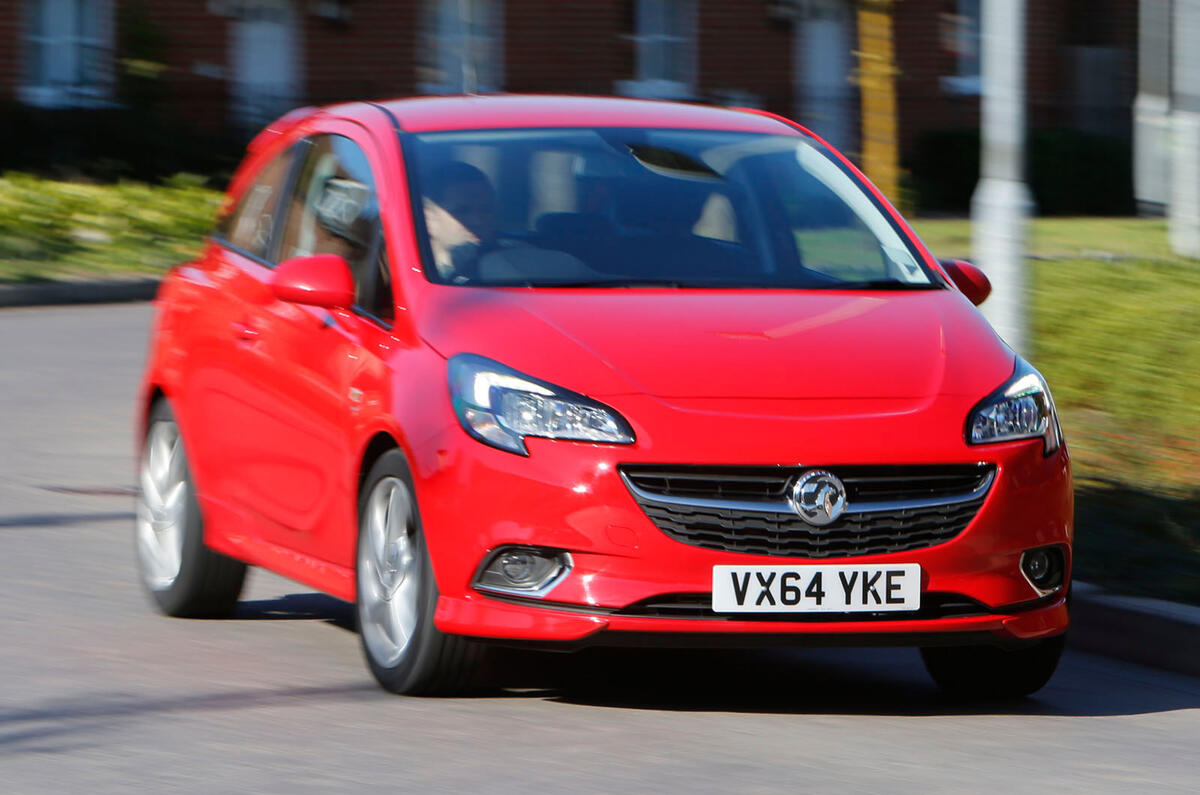
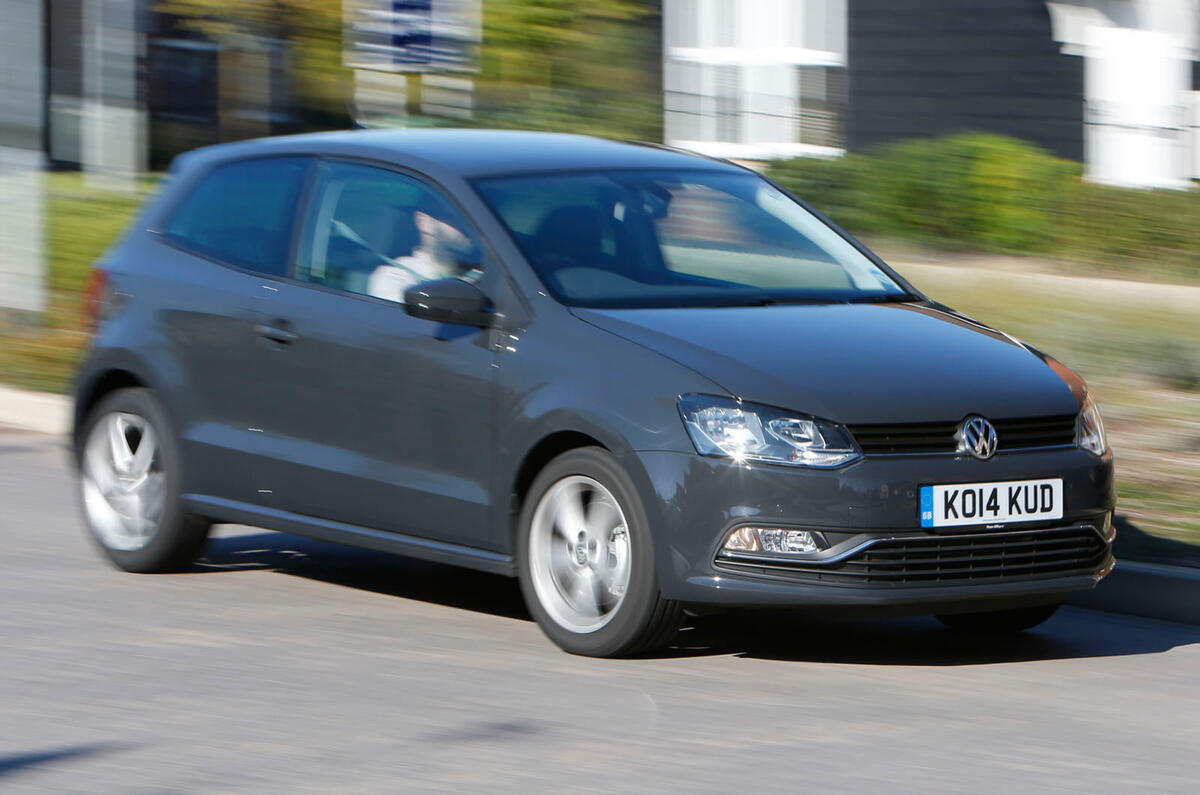
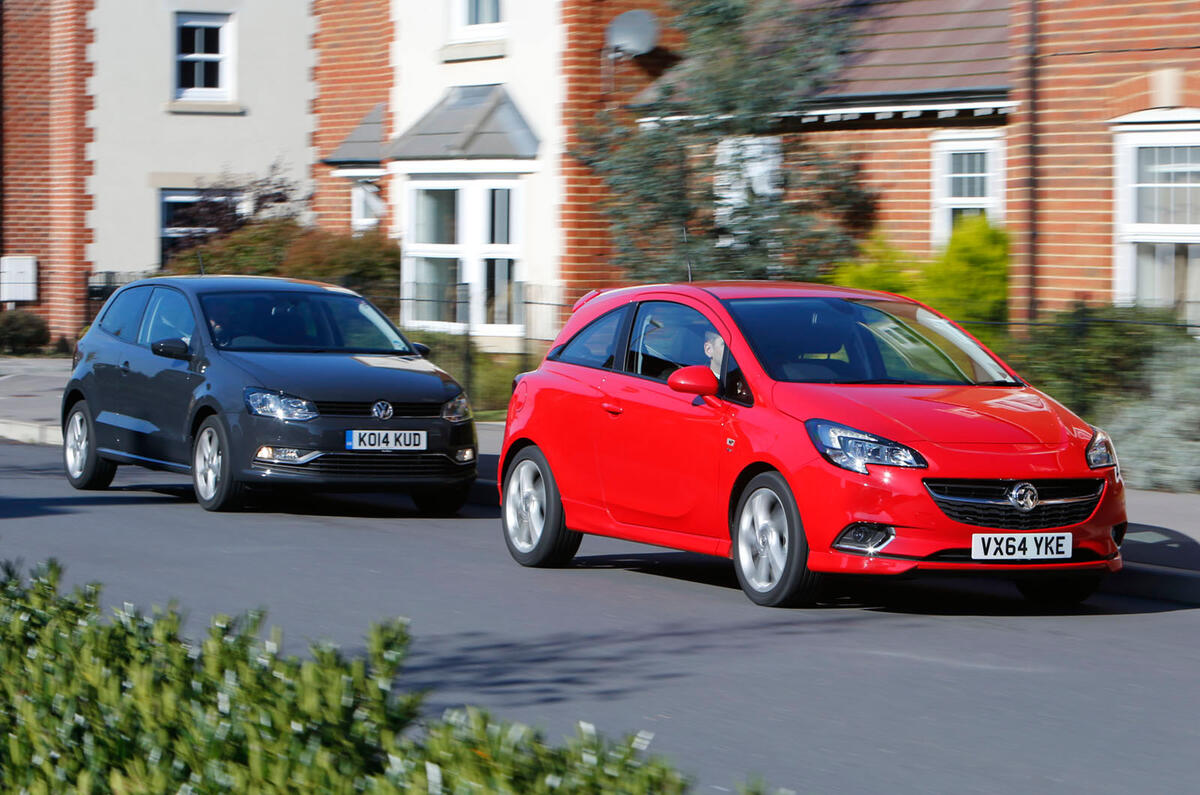
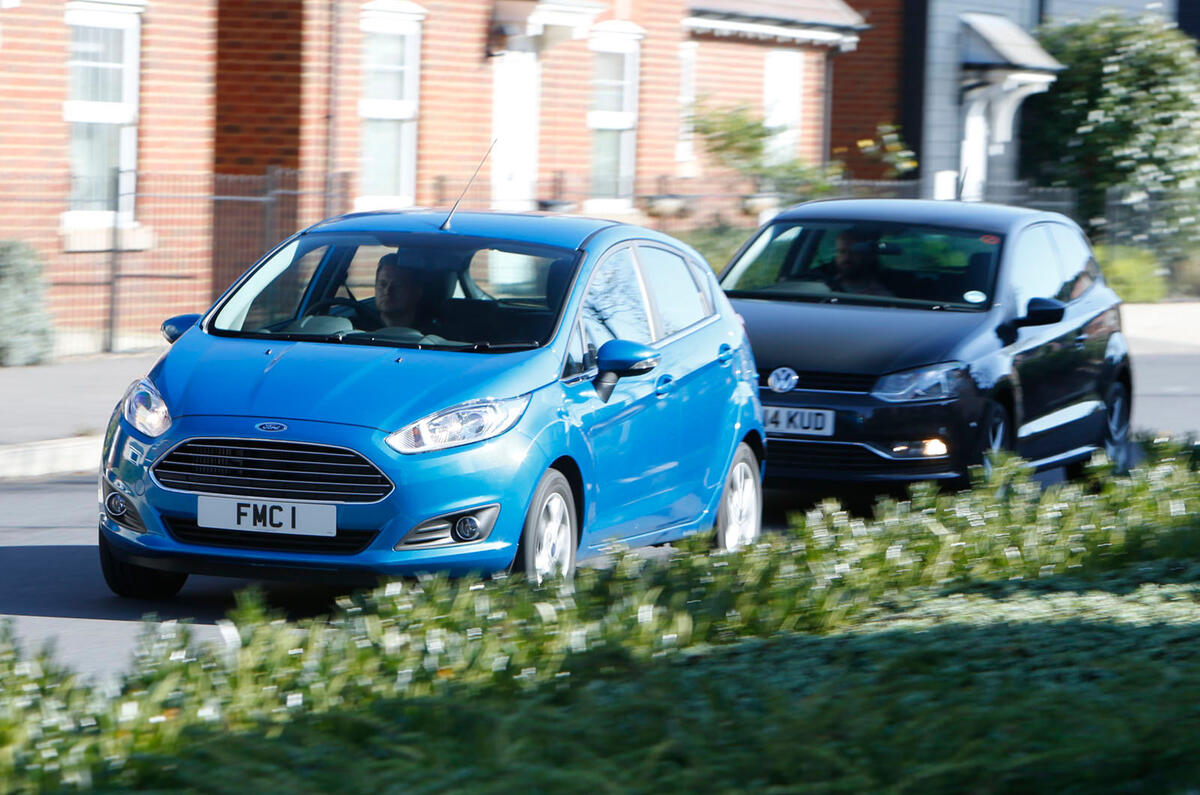
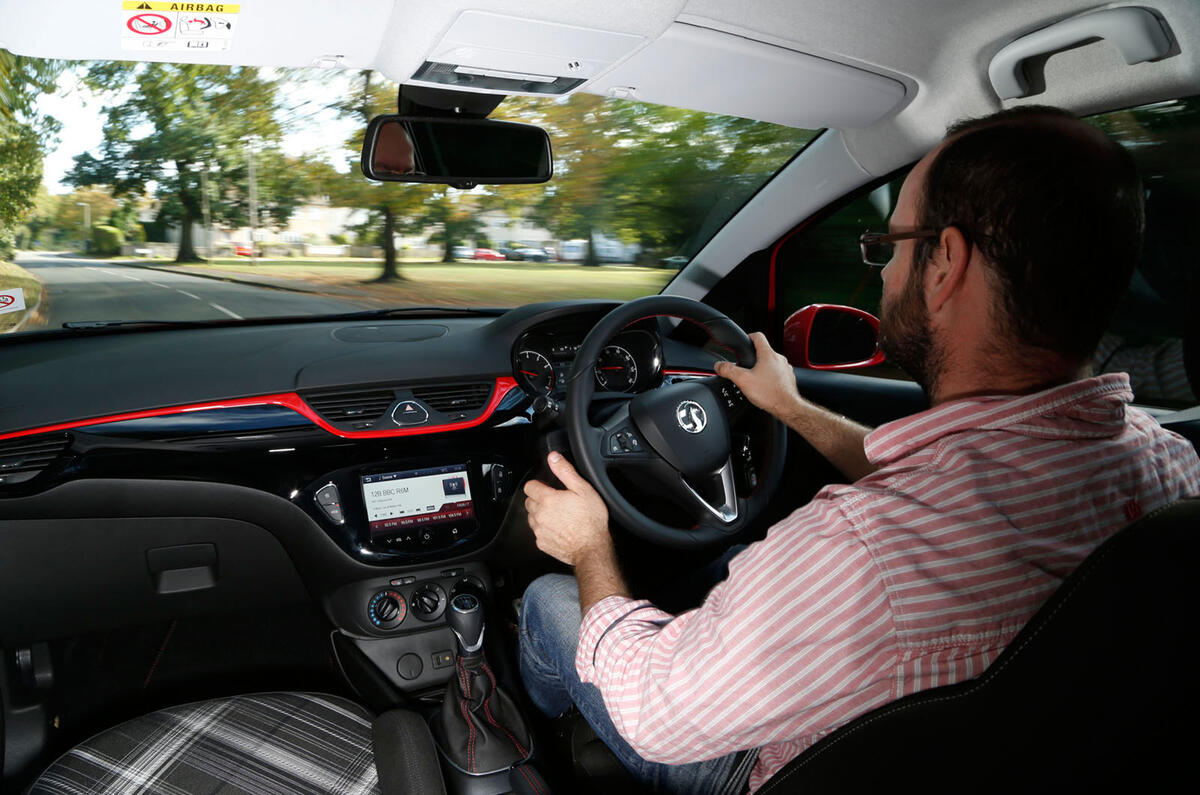
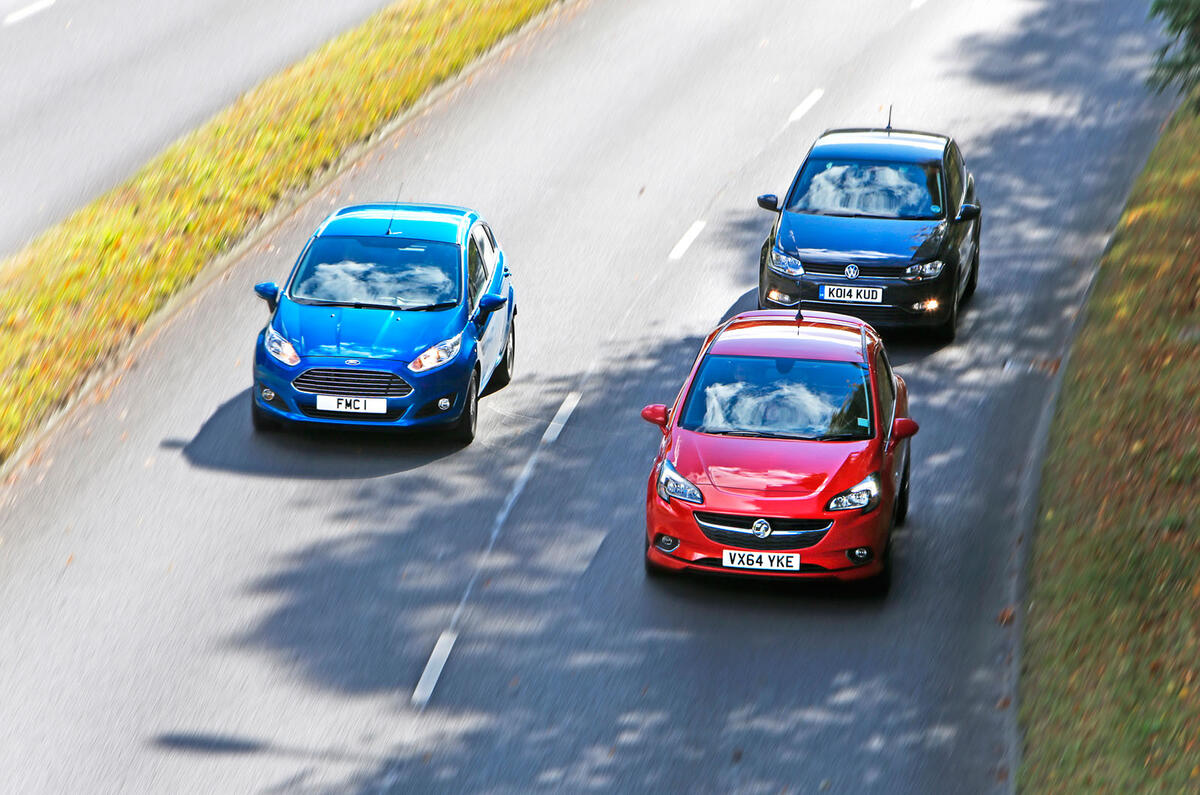


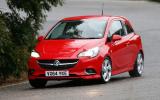
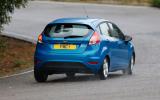
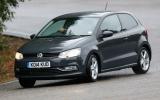
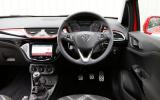


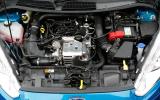
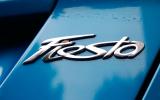
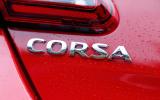

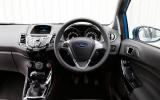
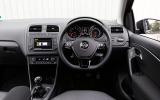
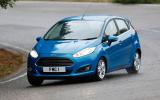
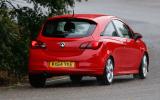
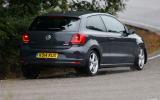
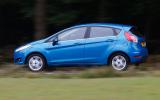
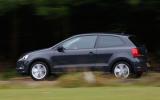
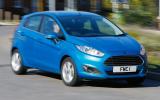
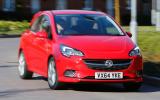
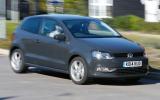
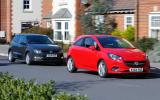









Add your comment
likely correct
According to Autocar stats
Wrong result for me.
The corsa looks the freshest and the dash looks pretty good even next to the polo.
Personally I would chose the polo and would bet in real world driving the new corsa would be a match for them both.